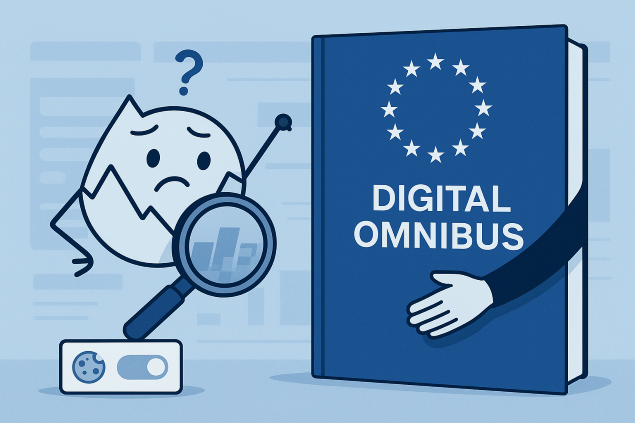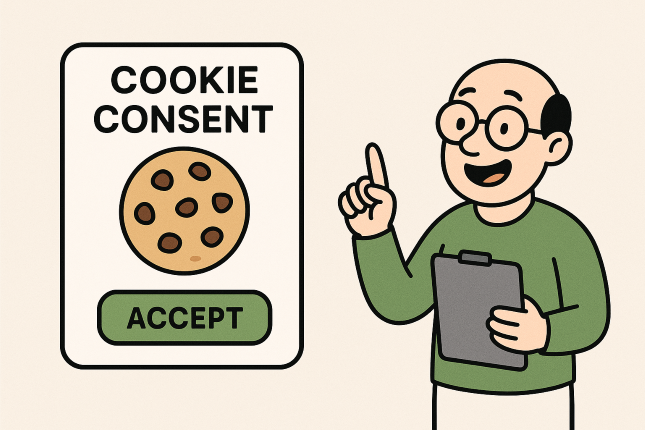Category: Cookie lišta
Digital Omnibus in digital analytics
Last week, the Digital Omnibus Regulation proposal was discussed in the media. The adoption of this document will have a significant impact on web analytics. If web data is important to you, you should pay attention to it. Digital Omnibus is being prepared as an EU regulation. This means that it will apply to all…
Written by

Consent for MS Clarity
Microsoft Clarity wants to start passing consent status from November 1, 2025. If you meet the following three conditions, I would not change the settings: Otherwise, you need to set up Clarity measurement. What’s happening Microsoft implements more or less the same logic for Clarity as Google Analytics 4. They do not place cookies without…
Written by

The 5 most common mistakes in cookie bar settings
One of the most complicated aspects of setting up website analytics is integrating a cookie bar. I’m not referring to legal requirements, but rather technical accuracy. It seems so simple, yet it’s not. Recently, I’ve come across recurring errors in settings. Below, I’ll describe these errors and how to identify them on a website. I…
Written by

How to calculate the opt-in rate of cookie bars
The opt-in rate of the cookie bar shows how many consents I get. A high opt-in rate is good because it means I get a lot of consents. If we want to measure it, we need a more precise definition. Why you need to know the opt-in rate The most important reason is that I…
Written by

Cookie bars finally in the Czechia
The Chamber of Deputies has passed an amendment to the Electronic Communications Act. This brings fundamental changes to the use of cookies on websites. Although the law is still awaiting the president’s signature, it is likely to come into force on January 1, 2022. What does this mean and what needs to be done before…
Written by


